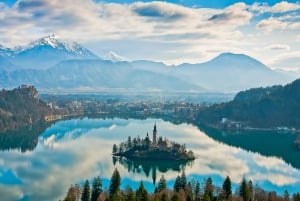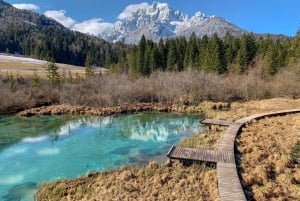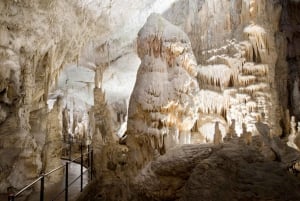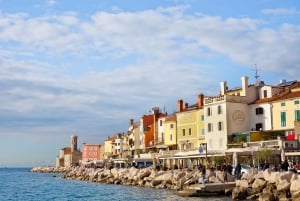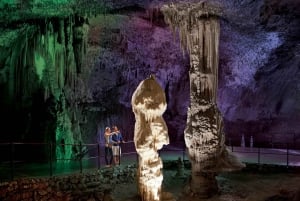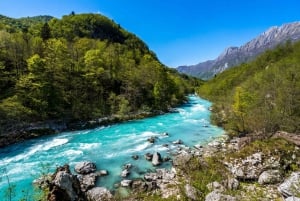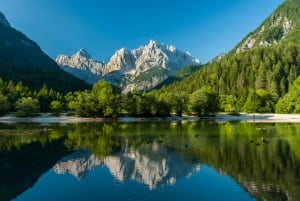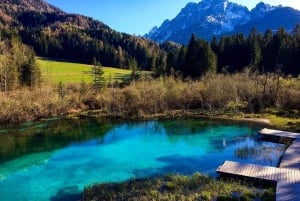Chronological Overview of Slovenian History
The Chronological overview of Solvenian History
| 250,000 BC | The first evidence of human habitation on the territory of the present-day Slovenia |
| 120,000 to 33,000 BC | Remains from the early Stone Age - the Palaeolithic |
| 3,900 BC | Pile dwellings on the Ljubljana Marshes |
| 4th and 3rd century BC | The arrival of Celts; the Noricum kingdom |
| circa 10 BC | The Roman Empire |
| 5th and 6th century AD | Invasions by the Huns and Germanic tribes |
| 6th century AD | The Slavic ancestors of present-day Slovenia first settle in the area |
| 7th century | The Slavic Duchy of Carantania, the first Slovenian state |
| 745 | Carantania becomes part of the Frankish empire; the Slavs convert to Christianity and gradually lose their independence |
| Around 1000 | The Freising manuscripts, the first known writings in the Slovene and Slavic dialect in Latin script |
| 14th century to 1918 | All the Slovenian regions pass into the possession of the Habsburgs, later the Austro-Hungarian monarchy; in 1456, the Celje counts become extinct - this was the last Slovenian feudal dynasty |
| 1550 and 1584 | The Reformation brings literacy, the first printed book in 1550 and in 1584 the first Slovene translation of the Bible |
| 1918 | Formation of the Kingdom of Serbs, Croats and Slovenes |
| 1945 | Federal Peoples' Republic of Yugoslavia (officially declared on 29 November 1945) |
| April 1990 | First democratic elections |
| 23 December 1990 | 88.5% of voters in a referendum vote in favour of an independent Slovenia |
| 25 June 1991 | Slovenia officially declares its independence |
| 15 January 1992 | The EU officially recognises Slovenia's independence |
| 22 May 1992 | Slovenia becomes a member of the UNO |
| 1 February 1999 | Association Agreement with the EU comes into effect |
| 29 March 2004 | Slovenia becomes a member of NATO |
| May 2004 | Slovenia becomes a member of the EU |
| 1 January 2007 | Slovenia introduced euro |
| 1 January - 30 June 2008 | Slovenian Presidency of the EU 2008 |
Find out more – connect with us on Facebook!



